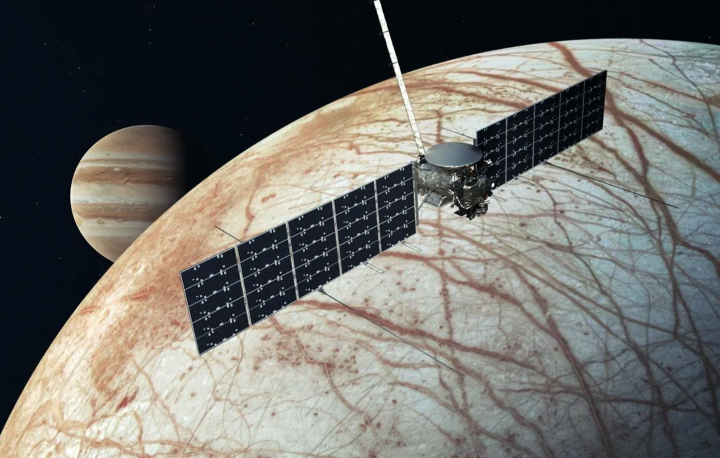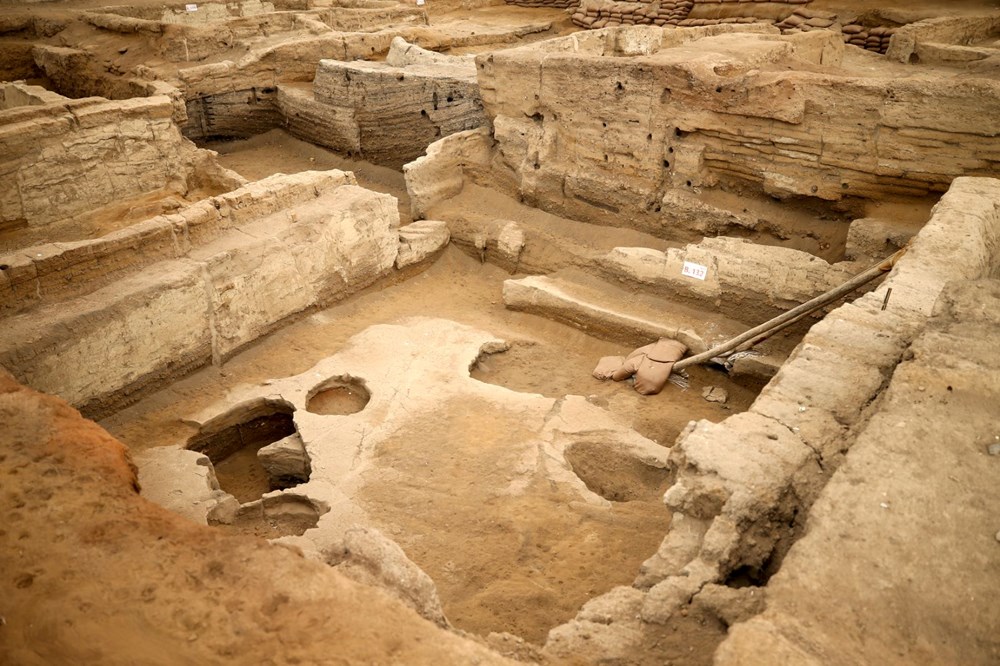Astronomers have found water in a disk that could form a planet. This discovery could solve a mystery about the formation of new planets.
Researchers have never before been able to map the distribution of water in such a protoplanetary disk. One of the researchers said they “never imagined” that such data could be collected.
But new research has found water in one such disk. This discovery could help us understand the likely key role water plays in the birth of new planets
Observations using the Atacama Large Millimeter/submillimeter Array Telescope (ALMA) have revealed that the inner disk of the young Sun-like star HL Tauri, located 450 light-years from Earth in the constellation Taurus, contains at least three times as much water as all of Earth’s oceans.
Astronomer Stefano Facchini from the University of Milan in Italy, who led the study, said:
I never imagined that we could capture an image of water vapor from the ocean in the region where a planet might have formed.
Our results show how the presence of water can influence the formation of a planetary system, just as it did in our own Solar System 4.5 billion years ago.
Study co-author Leonardo Testi, an astronomer at the University of Bologna in Italy, said:
It’s truly remarkable that we can not only detect water vapor 450 light years away from us, but also capture detailed images of it and analyze it spatially.
Observations with ALMA, of which the European Southern Observatory (ESO) is a partner, allow astronomers to calculate the distribution of water in different regions of the disk.
According to the study published in Nature Astronomy, a significant amount of water was found in the region of a previously known cavity in the HL Tauri disk.
Researchers suggest that this water vapor could affect the chemical composition of the planets that form in these regions.
Elizabeth Humphreys, an astronomer at ESO who also participated in the study, said:
It’s really exciting to directly witness water molecules being released from icy dust particles in a photograph.
The dust particles that make up the disk, the seeds of planet formation, collide and stick together to become even larger objects.
Astronomers believe that where it is cold enough for water to freeze on dust particles, the particles stick together better, providing an ideal spot for planets to form.
Agencies were also utilized.





